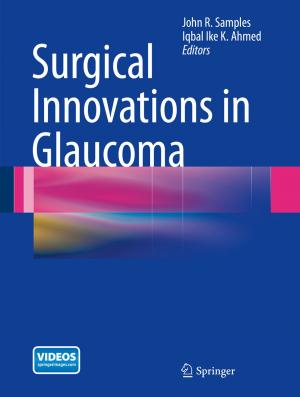Safety of Nanoparticles
From Manufacturing to Medical Applications
Nonfiction, Science & Nature, Technology, Nanotechnology, Engineering| Author: | ISBN: | 9780387786087 | |
| Publisher: | Springer New York | Publication: | November 18, 2008 |
| Imprint: | Springer | Language: | English |
| Author: | |
| ISBN: | 9780387786087 |
| Publisher: | Springer New York |
| Publication: | November 18, 2008 |
| Imprint: | Springer |
| Language: | English |
In spite of the potential use of nanomaterials as tissue engineering devices, implants, biosensors, drug delivery devices, etc., there has yet to be a compilation of the risks associated with the in vivo use of nanomaterials. There are numerous and well-known risks because of the size of nanoparticles. For example, nanoparticles can cross cell membranes and enter the cytoplasm undetected.
The aim of this book is to provide one of the first (if not the first) detailed views of how cells and tissues in the body deal with nanoparticles. This is important not only for implantable devices, but also for the manufacturing of nanophase materials when particles can be inhaled or enter the body through the skin. Only by compiling research at the intersection of nanoparticles and biological processes can we determine if nanophase materials are safe to be manufactured, handled, and/or implanted for various medical applications.
In spite of the potential use of nanomaterials as tissue engineering devices, implants, biosensors, drug delivery devices, etc., there has yet to be a compilation of the risks associated with the in vivo use of nanomaterials. There are numerous and well-known risks because of the size of nanoparticles. For example, nanoparticles can cross cell membranes and enter the cytoplasm undetected.
The aim of this book is to provide one of the first (if not the first) detailed views of how cells and tissues in the body deal with nanoparticles. This is important not only for implantable devices, but also for the manufacturing of nanophase materials when particles can be inhaled or enter the body through the skin. Only by compiling research at the intersection of nanoparticles and biological processes can we determine if nanophase materials are safe to be manufactured, handled, and/or implanted for various medical applications.















